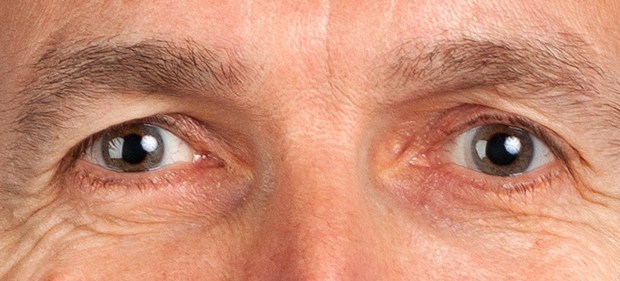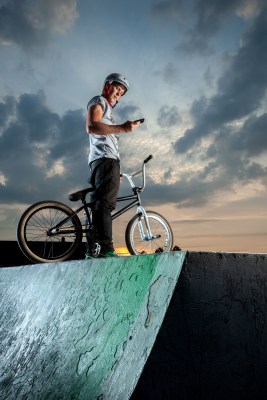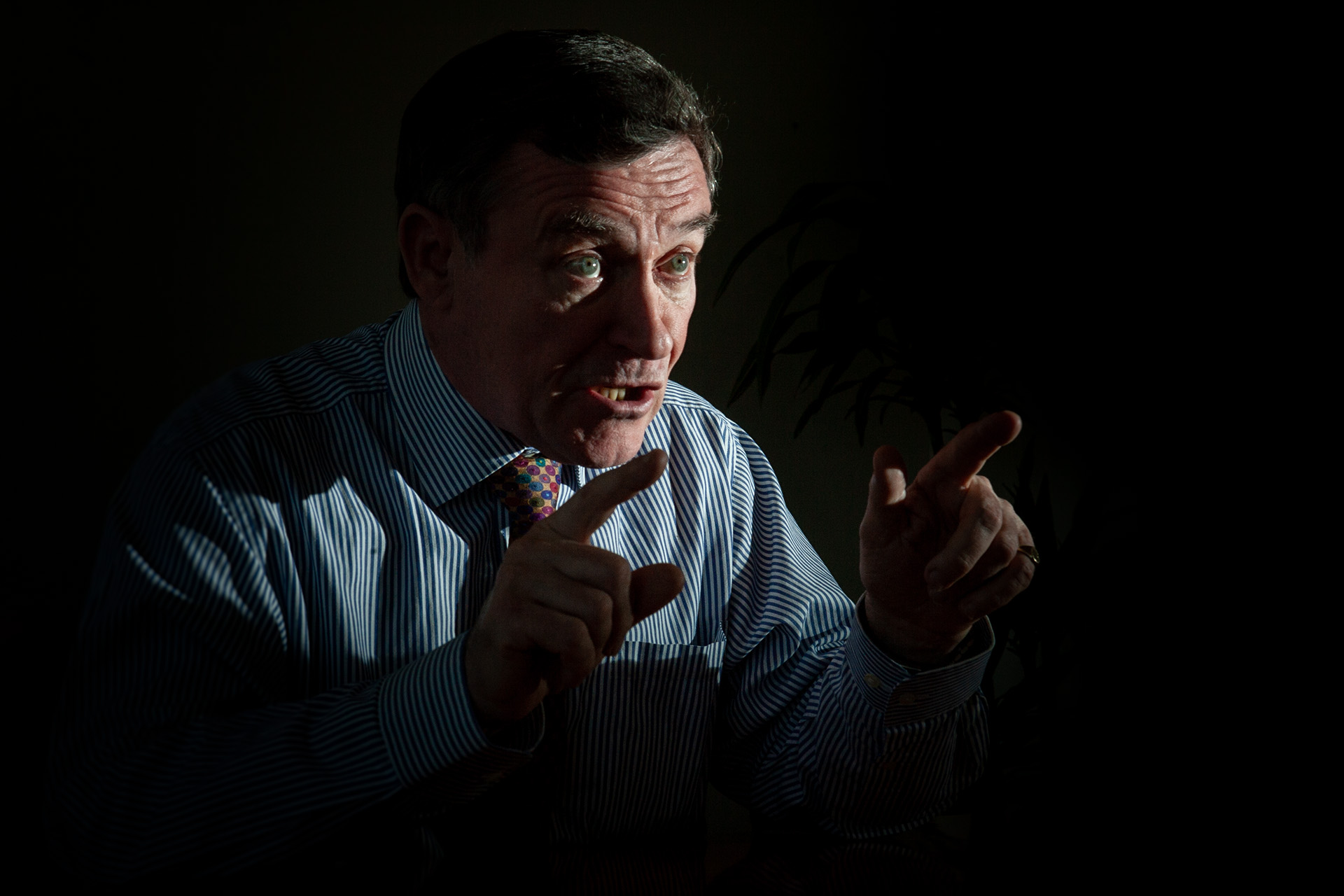
“What is your favourite light modifier?” A question from a photographer who has followed my blogs over the last twenty-plus years got me thinking. Spoiler alert – I probably don’t have a favourite but I do have a few that I use all of the time.
First things first, let’s define “light modifier”. As part of their explanation of modifier Wikipedia describes it as the following:
Tools or accessories employed in photography and videography to shape, control, or direct light emitted from a light source. These modifiers serve to alter the quality, direction, and intensity of light, thereby enabling photographers and videographers to achieve specific effects or moods in their images. Light modifiers come in various categories and types, each with its own unique characteristics and applications.
Seems simple enough but when you start to examine those different categories and types life can get pretty confusing. Thinking about it I realised just how many different soft boxes, umbrellas, reflectors, dishes and domes I own. In fact, the inventory doesn’t even end there because there are so many sub-sets and shapes that it could all get the tiniest bit confusing for me if I hadn’t used each and every one of them so often over the last forty or so years. The fact that I have sold a few here and there and thrown and given so many more just adds to my knowledge of what does and doesn’t work for me and the work that I do – which in itself changes over time.
(more…)






